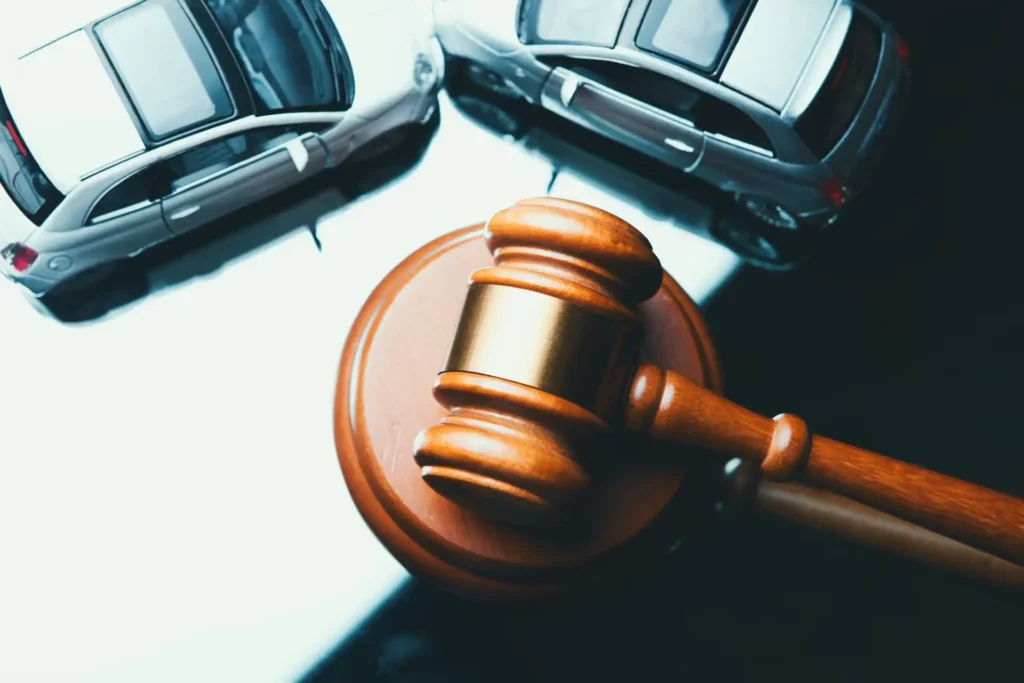What to Expect During an Uber Accident Lawsuit Process
If you’ve been seriously injured in a rideshare crash, filing a lawsuit may be your best option for receiving the compensation you deserve. But how does the legal process actually work? Whether you’re a passenger, another driver, or a pedestrian, understanding the Uber accident lawsuit timeline can help you prepare for the road ahead. In this blog, our experienced Uber accident lawyers break down every step of the process so you know what to expect.
Step 1: Initial Consultation with an Uber Accident Lawyer
Your journey starts with a free consultation. During this meeting, the lawyer will review your case details, medical records, and any evidence you’ve gathered. They’ll determine if you have a valid claim, explain your legal options, and outline potential outcomes.
✔ Tip: Bring your police report, photos of the scene, witness details, and medical documents.
Step 2: Investigation and Case Building
Once retained, your Uber accident lawyer will begin a thorough investigation. This includes:
-
Reviewing the accident report and Uber app data
-
Collecting medical records and treatment plans
-
Interviewing witnesses and accident reconstruction experts
-
Determining liability between Uber, its driver, and other involved parties
The goal here is to build a strong, evidence-backed claim that clearly shows how the accident occurred and how it impacted you physically, emotionally, and financially.
Step 3: Filing the Lawsuit
If a fair settlement can’t be reached with the insurance company, your lawyer will file a formal complaint in civil court. This initiates the lawsuit process and names all responsible parties.
Uber may argue that their drivers are independent contractors to avoid liability, but your legal team will be ready with counterarguments and proof of negligence.
Step 4: Discovery Phase
This is where both parties exchange information and evidence. It includes:
-
Written questions (interrogatories)
-
Requests for documents
-
Depositions (formal interviews under oath)
This phase can last several months and is often the most time-consuming part of the process. However, it’s crucial for uncovering facts that support your case.
Step 5: Settlement Negotiations
In many cases, Uber and their insurance representatives may offer a settlement during or after the discovery phase to avoid going to trial. Your Uber accident lawyer will:
-
Review the offer
-
Compare it to the value of your medical bills, lost income, pain and suffering, and future expenses
-
Negotiate for a higher payout if necessary
If an agreement is reached, you’ll receive a written settlement offer for approval.
Step 6: Trial (If Needed)
If a fair settlement cannot be reached, the case proceeds to trial. Your lawyer will present evidence, call witnesses, and argue on your behalf. A judge or jury will then decide the outcome and award damages, if appropriate.
While only a small percentage of Uber accident cases go to trial, your legal team must be ready for this step.
Step 7: Receiving Your Compensation
Once a verdict or settlement is reached, it typically takes a few weeks to receive your payment. Your attorney will deduct legal fees (if working on a contingency basis), then provide you with the remaining compensation.
How Long Does the Process Take?
The timeline varies depending on the complexity of your case. On average:
-
Settlement before trial: 3 to 6 months
-
Cases that go to court: 12 to 24 months
Why You Need Uber Accident Lawyers
Uber and their insurers are focused on minimizing payouts—not protecting your rights. Having experienced Uber accident lawyers on your side ensures:
-
Proper case valuation
-
Evidence preservation
-
Strategic negotiations
-
Legal protection if the case goes to trial
Final Thoughts
Understanding what to expect during an Uber accident lawsuit can make the process feel less overwhelming. With the right legal team, you’ll be better positioned to receive fair compensation for your injuries and losses.
Have questions about your case? Contact our Uber accident lawyers today for a free consultation. We’re here to fight for your rights—every step of the way.

